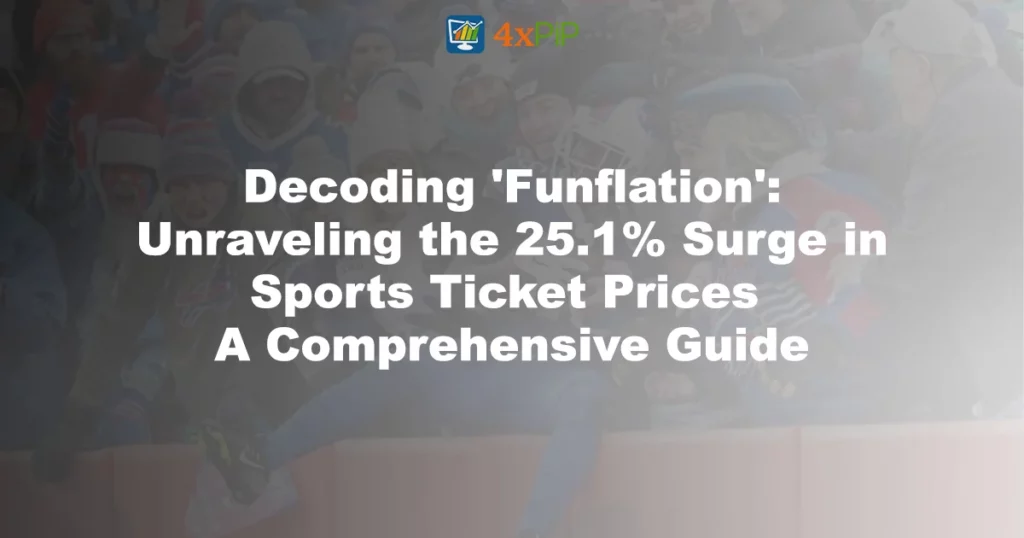The surge in sports ticket prices, a whopping 25.1% from October 2022 to 2023, is a result of “funflation.” This term, coined by economists, explains the rising costs of live events as people seek the experiences they missed during the pandemic.
Dan Hornberger, a devoted Philadelphia Eagles fan, finds himself attending fewer games due to soaring costs. The 25.1% jump in admission prices is the highest among various inflation categories tracked by the Bureau of Labor Statistics.
Sports economist Victor Matheson attributes this surge to dynamic pricing models, allowing platforms to adjust prices based on demand. While attention-grabbing events contribute, a significant factor is the rebound from last year’s slashed ticket values meant to regain fan interest.
The bounce-back is evident, with NFL and NHL sales doubling, NBA sales rising by nearly 60%, and college football seeing a 50% increase in 2023. However, not all sports experience the same growth, as the top 10 sporting events saw only a 15% increase in ticket prices.
Matheson anticipates sector-specific growth to cool with overall tamer inflation. The return to a normalized entertainment spending routine after the pandemic boom could also temper demand and prices.
Rodney Paul, Syracuse University’s sports analytics program director, says game attendance interest, particularly among financially stable fans, remains stable. However, an economic downturn might prompt less financially stable fans to cut back on such luxury expenses.
Financial stress extends to the resale market, with rising prices for parking and stadium food factored into fans’ decisions. Sara Weddington, a Kansas City Chiefs fan, finds attending games this year financially challenging. The rising costs make live sports a monumental yet increasingly unattainable part of the community.
Despite the financial challenges, sports have taken on new significance post-pandemic. Paul highlights the increased need for in-person social spaces, making the sports experience even more exciting and meaningful in the current landscape.
Conclusion:
In conclusion, the surge in sports ticket prices, driven by “funflation,” reflects the rebound from pandemic lows. Dynamic pricing, attention-grabbing events, and slashed values in 2022 all play a role. As the sports world adapts to these changes, fans face financial challenges, especially with the added stress of rising resale market prices. Despite these hurdles, the post-pandemic era sees sports taking on new significance, offering a heightened sense of togetherness and excitement.





